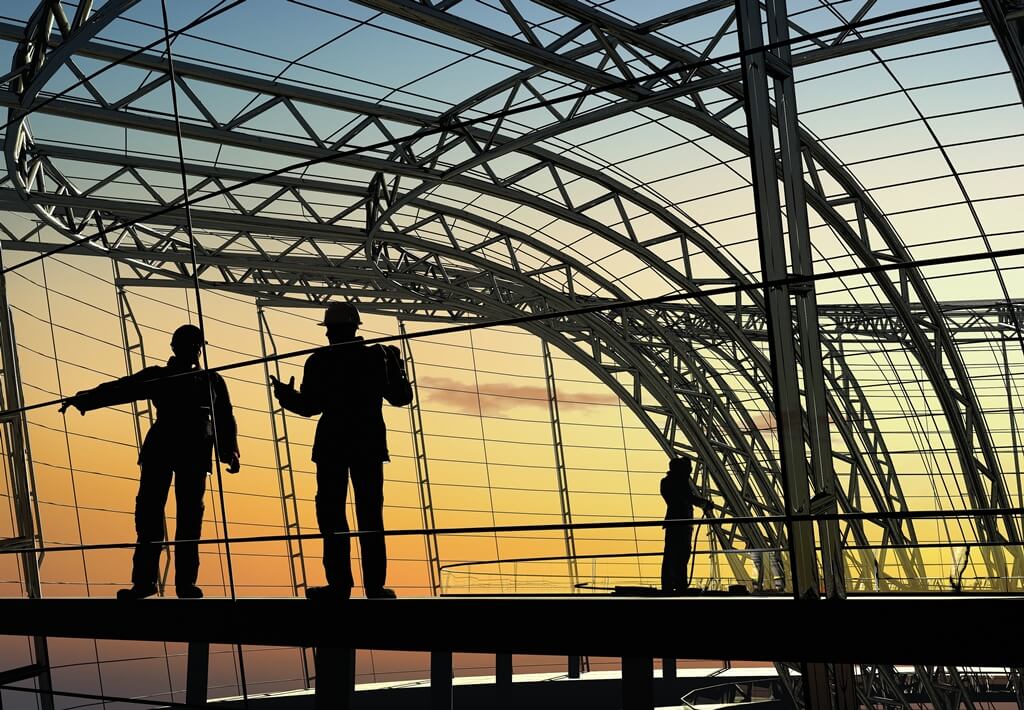The construction industry, which suffered so much because of the recession, seems to be in a sustained growth mode now. The Census Bureau reported on Tuesday that U.S. construction spending during July 2015 came in at an annualized rate of $1,083.4 billion, or 0.7 percent above June’s rate. Even better, the July figure is 13.7 percent above the July 2014 annualized rate. Also, during the first seven months of this year, construction spending amounted to $583.2 billion, 9.3 percent above the same period in 2014.
Most kinds of commercial property construction are doing very well indeed, at least when the whole country is considered. Overall, for instance, construction spending on lodging gained 40.3 percent in July 2015 compared with the same month last year. New hotels and motels, after all, are in demand. So are office buildings: construction spending was up 26.1 percent year-over-year for that property type. Manufacturing construction gained the most of any non-residential property type, as U.S. manufacturers enjoy a resurgence unlike any for decades. Construction spending on factories was up a whopping 72.9 percent for the year in July, according to the Census Bureau. Altogether, nonresidential construction spending increased 12.7 percent since last year; residential spending is up 15.8 percent.
A few categories, however, have seen small growth or a contraction in construction spending since last year. In the private sector, spending to build schools was up only 4.9 percent since last July, and likewise spending on churches and other religious buildings was up 4.9 percent. Spending on private power facilities has taken a dive as the price of energy has contracted. Such spending lost 12.6 percent over the year. Other serious declines are in public construction spending: healthcare, public safety, and power facilities are all down.
According to the Associated General Contractors of America, the gains in its industry aren’t distributed evenly nationwide, as reflected by construction employment patterns. Construction employment increased in fewer than half of the nation’s metro areas between July 2014 and this July, the weakest expansion since late 2011, noted the AGC. One reasons, the association noted, is that various federal infrastructure funding measures, notably the surface transportation program, languish unfinished in Congress. Some places are gaining construction jobs rapidly: metro Seattle, suburban Detroit, metro Denver, and the Chicago area. But others are losing construction jobs, including Fort Worth, New Orleans, and parts of New Jersey, Mississippi and Ohio.


